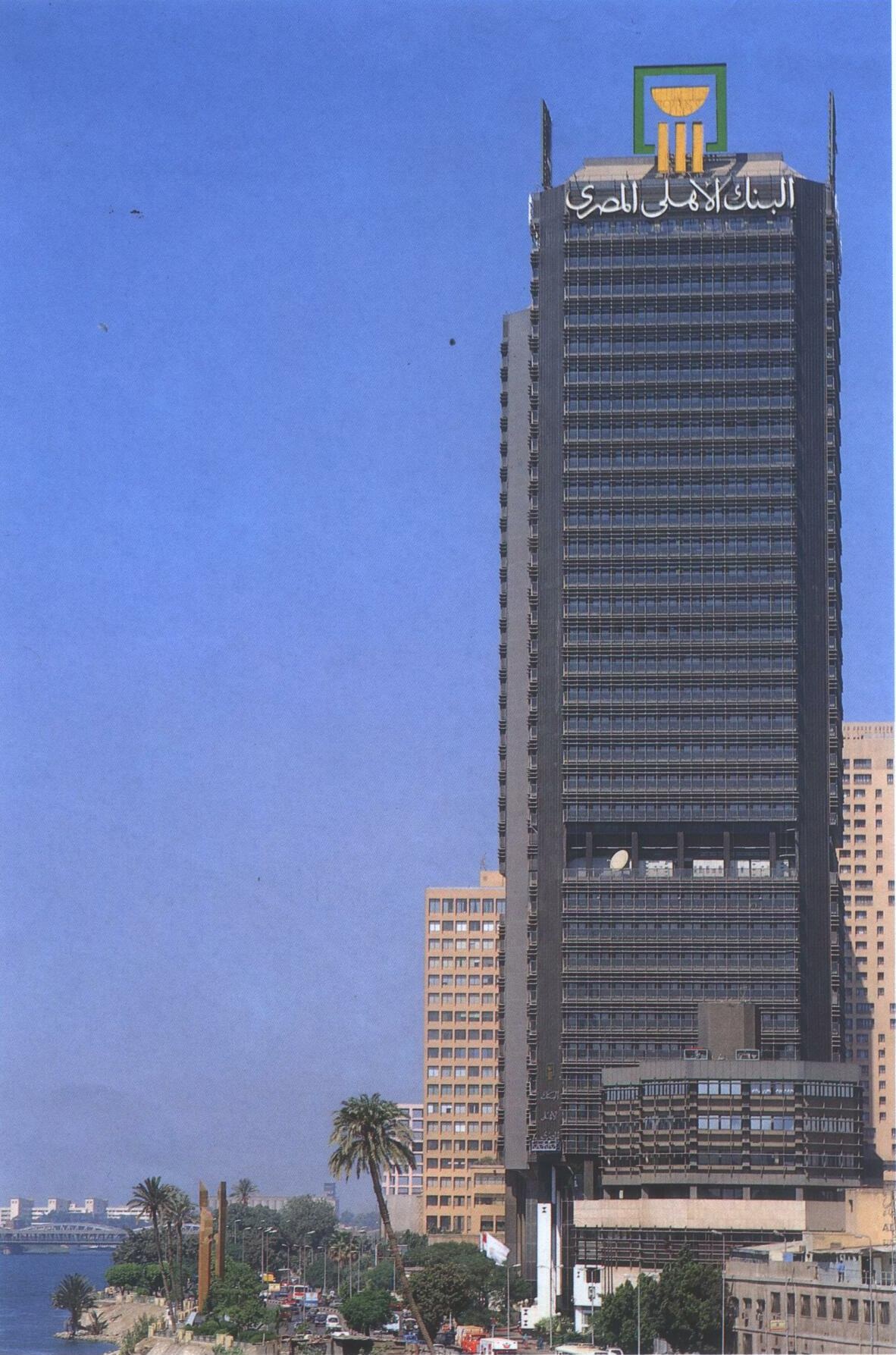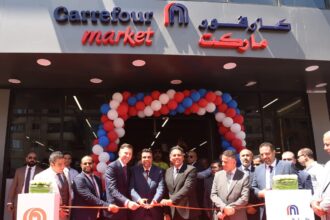Egypt’s Ministry of Planning, Monitoring and Administrative Reform launched on Wednesday a mobile application entitled ‘Sharek 2030” (Participate 2030) in reference to Egypt’s 2030 vision aiming to increase citizens’ awareness of the ongoing development plans in each governorate.
The launch of the Sharek 2030 mobile app took place within the activities of the 23rd session of the Cairo International Exhibition for Communications and Technology (CAIRO ICT 2019) which lasted for four days at the Cairo International Exhibition Center in New Cairo.
Minister of Planning, Monitoring and Administrative Reform Hala Al-Saeed said the main goal behind the launch of the Sharek 2030 mobile application is to establish an easy communication channel between the state and citizens for the sake of raising awareness on the ongoing development projects in the country.
She pointed out that a Macroeconomic Stabilisation Programmme has been introduced, which tracks the level of the economy entirely from indicators of unemployment, inflation, and poverty rates.
Al-Saeed added that Sharek 2030 mobile application aims to achieve greater transparency with citizens through availability of information on development programmes, performance indicators, and strategic projects, which enable citizens to assess the extent of completion of projects.
“The Sharek 2030 mobile application contributes effectively in achieving periodic community awareness on the volume of state’s achievements, it moreover provides an opportunity for citizens to participate in the follow-up process on the ongoing projects and propose initiatives” Al-Saeed said.
For his part, Assistant Minister of Planning for Follow-up of the Sustainable Development Plan, Gamil Helmy explained that the Sharek 2030 mobile application includes information on some completed and ongoing development projects in all governorates of Egypt.
He noted that Sharek 2030 enables citizens to monitor completion rates of these projects, as well as allowing citizens to send proposals that highlight local needs, which in turn differ from one governorate to another.
Helmy continued that information included in the application relied on a number of key sources such as the National System for Monitoring and Evaluating Governmental Performance with a total of 2700 performance indicators, as well as a 90 day construction report ,in addition to relying on the investment plan system.
“The follow-up data on the implementation of projects came from the Ministry of Planning, other ministries and the National Investment Bank,” he stressed.




